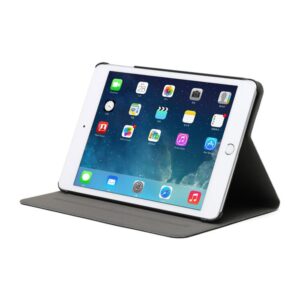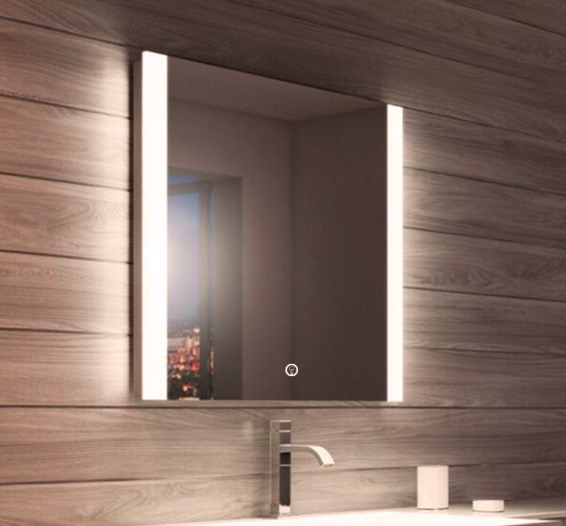Tablet Covers: How Material Science Shapes Your Device’s Protection
Home » Tablet Covers: How Material Science Shapes Your Device’s Protection
RECENT POSTS
Share:
- February 10, 2025
Table of Contents
The right tablet cover does more than just shield your device from scratches—it’s a critical accessory that balances aesthetics, durability, and functionality. This article explores how advancements in material science influence the design and performance of modern tablet covers, offering insights to help users make informed decisions.
The Role of Materials in Tablet Protection
Tablet covers are engineered using diverse materials, each with unique properties that cater to specific needs. Polycarbonate, for instance, is a popular choice for its lightweight yet impact-resistant qualities. Its molecular structure allows it to absorb shocks effectively, making it ideal for users who prioritize portability without compromising protection. However, polycarbonate lacks flexibility, which can limit its grip and ergonomic design.
Silicone-based covers, on the other hand, offer superior grip and shock absorption due to their elastic nature. These covers excel in preventing accidental drops, a common issue for active users. Yet, silicone tends to attract dust and may degrade faster under prolonged UV exposure. For those seeking eco-friendly options, biodegradable materials like plant-based polymers are emerging as sustainable alternatives, though they often sacrifice some durability.

Balancing Aesthetics and Practicality
Leather and fabric covers appeal to users valuing style and professionalism. Genuine leather provides a premium look and develops a patina over time, but it requires regular maintenance to avoid water damage. Fabric covers, often blended with water-resistant coatings, strike a balance between casual aesthetics and practicality. However, neither material offers the same level of impact resistance as synthetic options, making them better suited for low-risk environments.
Hybrid designs combine materials to address multiple needs. A tablet cover with a rigid polycarbonate frame and silicone edges, for example, merges structural integrity with enhanced grip. These hybrids are gaining popularity among professionals and travelers who demand versatility.
The Future of Tablet Cover Innovation
Material science continues to push boundaries. Self-healing polymers, which repair minor scratches automatically, are entering the market, promising longer-lasting aesthetics. Similarly, thermoreactive materials adapt to environmental temperatures, improving grip in cold conditions or breathability in heat. While these innovations are still niche, they highlight the industry’s focus on merging technology with user-centric design.
The Impact of Design on Functionality
Beyond materials, the design of a tablet cover plays a crucial role in its functionality. For instance, folio-style covers with built-in stands are ideal for users who frequently watch videos or attend virtual meetings. These designs often incorporate magnetic closures or auto-wake features, enhancing convenience. However, the added layers can increase bulk, which may not suit those seeking minimalist solutions.
Another design trend is modularity. Some tablet covers now feature detachable components, such as keyboard attachments or additional pockets for accessories. This adaptability caters to users who need their tablet to function as a laptop replacement or a portable workstation.
Environmental Considerations in Tablet Cover Production
As sustainability becomes a global priority, manufacturers are rethinking how tablet covers are made. Recycled materials, such as ocean plastics or post-consumer waste, are being incorporated into production processes. While these options are commendable for reducing environmental impact, they often come with trade-offs in terms of durability and cost.
Additionally, the longevity of a tablet cover is a key factor in its environmental footprint. A well-made cover that lasts several years is inherently more sustainable than a cheaper alternative that needs frequent replacement. Consumers are increasingly recognizing this, driving demand for high-quality, eco-conscious products.
Choosing the Right Tablet Cover: Key Considerations
- Usage Scenario: Frequent travelers may prioritize lightweight, shock-resistant materials like polycarbonate, while office users might opt for sleek leather or fabric.
- Environmental Impact: Biodegradable or recycled materials appeal to eco-conscious buyers.
- Durability vs. Weight: Thicker materials enhance protection but add bulk—consider your portability needs.
- Design Features: Evaluate whether additional functionalities, such as stands or modular attachments, align with your daily use.
Final Thoughts
A tablet cover’s effectiveness hinges on its material composition, design, and how it aligns with the user’s lifestyle. By understanding the science and innovation behind these products, consumers can select covers that offer optimal protection without sacrificing style or functionality. As technology evolves, expect even smarter materials and designs to redefine what a tablet cover can achieve.
0

